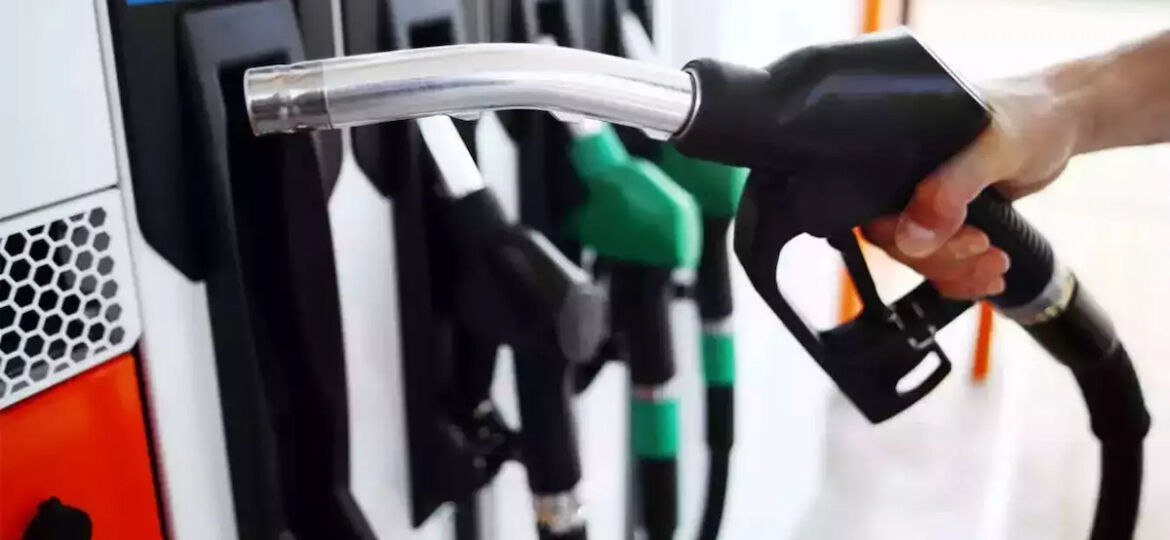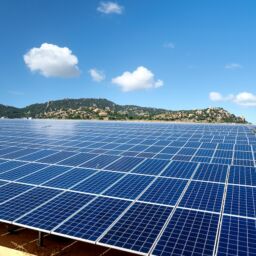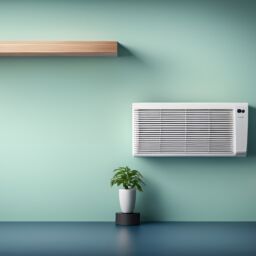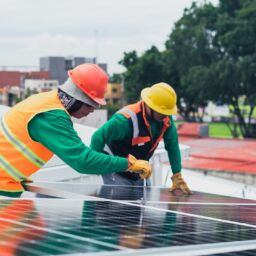
Despite the fact that European gas prices have fallen to levels not seen in more than four months, the energy crisis is far from over, according to four industry analysts who spoke with CNBC. The primary benchmark for natural gas pricing in Europe is the Dutch Title Transfer Facility (TTF). Natural gas prices reached historic highs in August, trading above 340 euros per megawatt hour, as a result of Russia’s invasion of Ukraine and the strains it placed on Europe’s energy balance. The price per megawatt hour ended Thursday’s session at 108.5 euros, but they have considerably declined since then.
Additionally, intraday gas prices in Europe even declined at the beginning of the week, suggesting that owners of natural gas received payment from buyers to take their cargo off their hands. Ehsan Khoman, head of commodities research at MUFG Bank, told CNBC via email: “With gas storage near full, LNG inflows in surplus, and favorable mild autumn weather, prices are doing the work to maintain the system balanced as commodities trade in the present.” According to the most recent information gathered by the business association Gas Infrastructure Europe, the EU’s overall storage levels are currently, on average, around 94% filled. That is comfortably above than the 80% goal the EU had set for nations to achieve by the beginning of November.
An excess of LNG (liquefied natural gas) is present since certain orders placed throughout the summer are just now beginning to arrive. The region’s temperatures have also been exceptionally warm, with some countries currently reaching temperatures of 68 degrees Fahrenheit (20 degrees Celsius). Low gas costs have been attributed, according to Nikoline Bromander, analyst at Rystad Energy consultancy, to political agreement within the EU on cooperative steps to cut gas prices and consumption as well as high wind power generation. Analysts are cautioning European policymakers against becoming complacent because the energy crisis in Europe is still ongoing. The temptation in Europe will be to recognise the difficult work and difficult supply and demand decisions that have been made, according to a research note by Bromander.
But a number of variables, including a projected rise in Asian LNG demand and a dearth of adequate regasification facilities in Europe, mean that decision-makers may feel the strain sooner rather than later. What will happen to LNG demand when China completely opens its economy is one of the major unanswered questions. Beijing has been the largest LNG consumer in the world, but due to its zero-Covid policy, its economy has not been able to reach its full potential. In the event that this dynamic shifts in the upcoming months, there will be greater rivalry for the good and a potential price increase. “The current glut shouldn’t be regarded as a signal, though, that the following winter would not witness energy shortages,” Henning Gloystein, director for energy at consulting firm Eurasia Group, told CNBC.
“Supply is constrained since there is hardly any Russian gas available in Europe. Inventory levels will drop as the weather turns chilly. Henning stated that “it’s still very important for business and consumers to attempt to minimize usage” because “things might get pretty tight in early 2023 if there is a late winter cold snap when stockpiles have been reduced, indicating probable price rises and potential energy shortages.” Tom Marzec-Manser, head of gas analytics at energy consultant ICIS, underlined the idea that recent drops in gas prices shouldn’t be construed as a sign that Europe has now overcome its difficulties in controlling the lost flows from Russia. Before Russia invaded Ukraine, Moscow supplied the EU with around 40% of its total natural gas needs. That is currently less than 10%. According to ICIS data, gas for delivery in January is more than four times the price of spot gas at the TTF, which is a sign that high prices may soon return, Marzec-Manser wrote in an email to CNBC.
“Even if this winter turns out to be mild, next winter also remains a supply worry,” the expert said. “Refilling storages through the summer of 2023 would be considerably harder than summer just passed, with little-to-no Russian gas accessible.” Numerous analysts have cautioned that Russian gas played a significant role in helping Europe achieve its high storage levels. Even the EU country of Luxembourg’s prime minister, Xavier Bettel, admitted earlier this month that Russian gas has filled all available storage. However, due to the serious disruption of Russian supplies, Europe aims to be totally independent of Russian fossil fuels. Additionally, there is a chance that European demand may increase in the upcoming months. The possibility that demand begins to increase is the risk with the sell-off in the European gas market, according to Khoman from MUFG Bank, citing rumors that European fertilizer companies are loosening production restrictions.
He continued, predicting that gas prices would be on average 200 euros per megawatt hour in the second quarter of 2023 and through the end of next year. “If this is part of a broader trend that we see in European demand, it would make it increasingly difficult for Europe to rebuild storage to comfortable levels ahead of next winter,” he said. When he appeared on Friday’s episode of CNBC’s “Squawk Box Europe,” the CEO of Portugal’s utilities company, EDP, put it succinctly. Miguel Stilwell d’Andrade stated that although “we are in a much better position than we were a couple of months ago,” “we should expect a lot of volatility moving forward.”
















